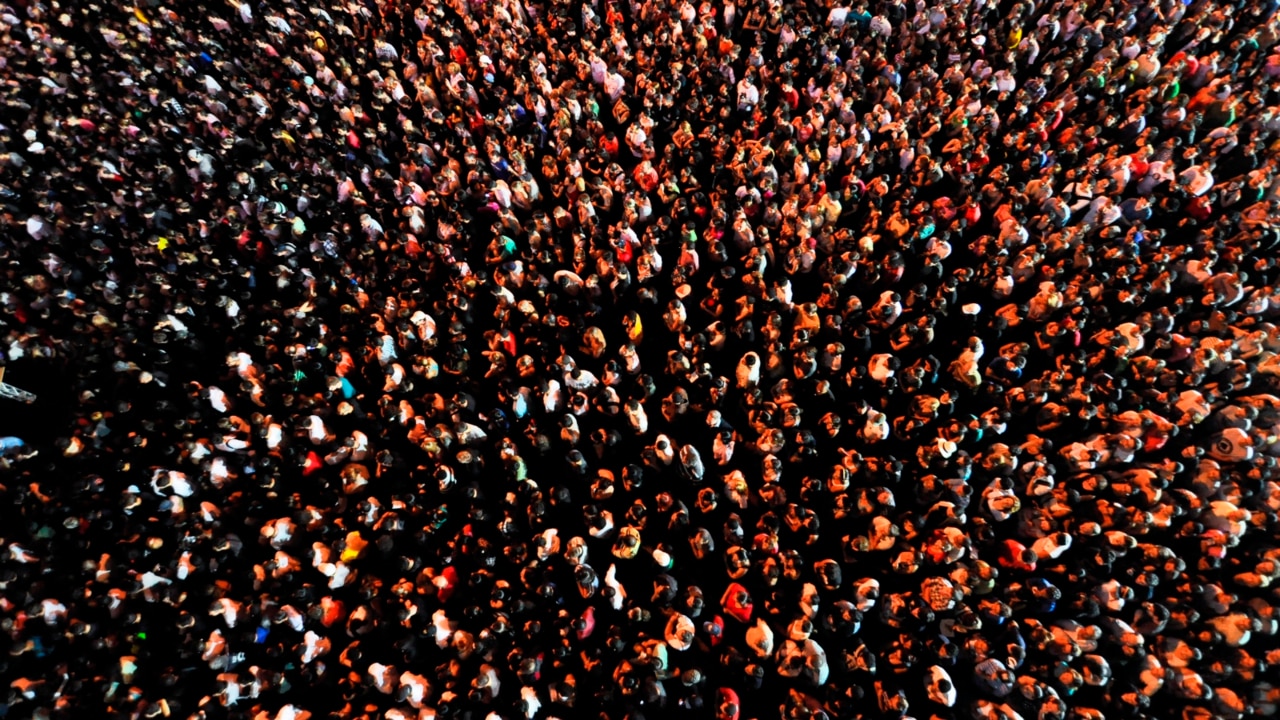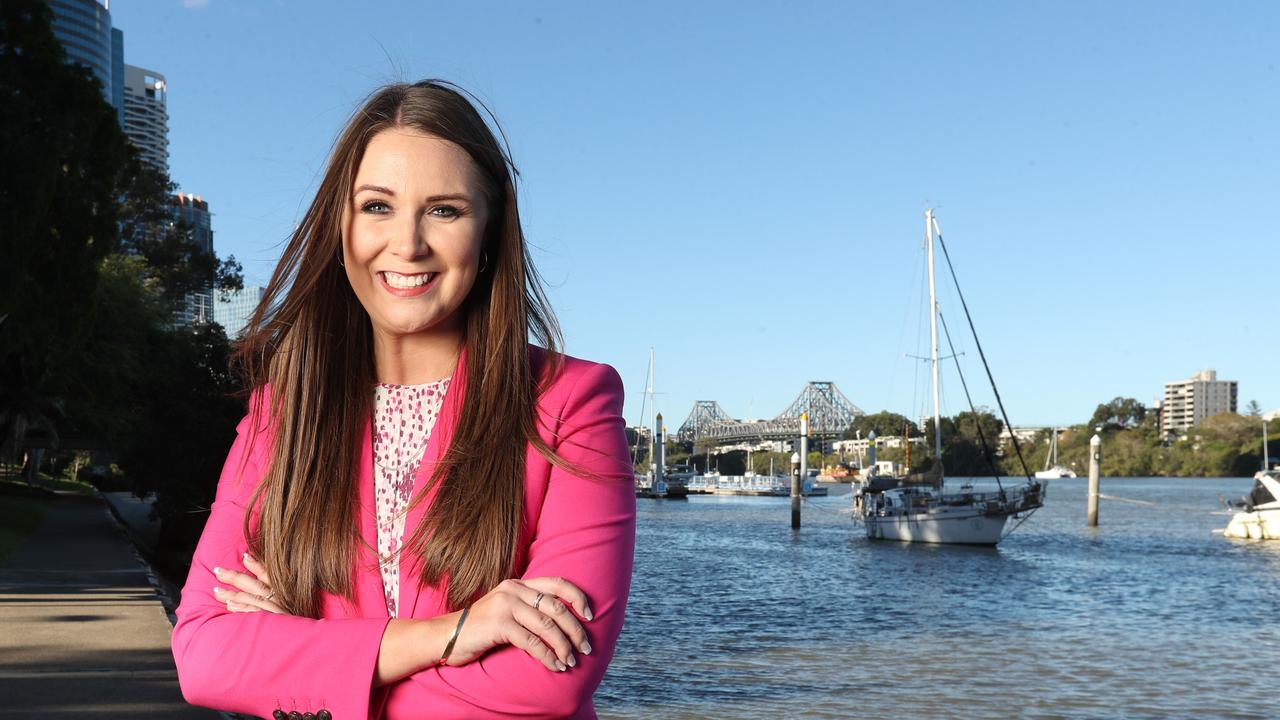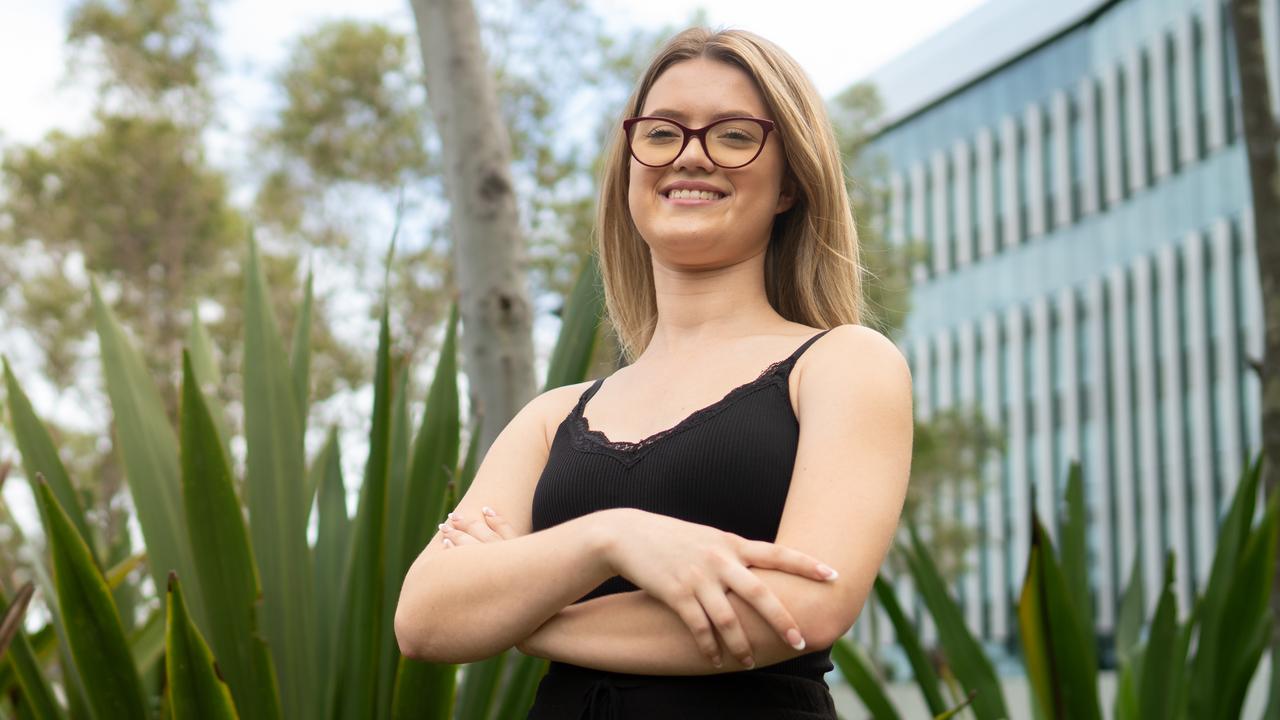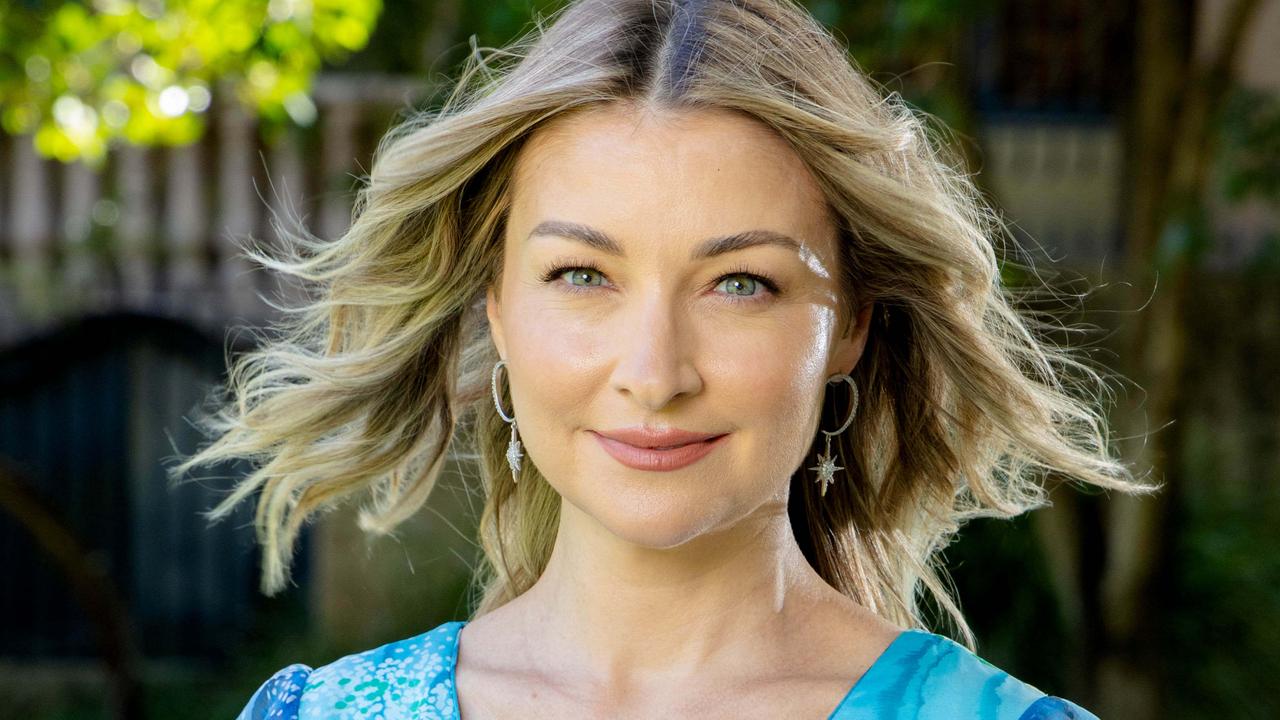‘No vacancy’: Influx of 40,000 international students return to Brisbane stretching housing supply
The return of nearly 40,000 international students to Queensland universities has stretched accommodation providers beyond capacity.

Tertiary
Don't miss out on the headlines from Tertiary. Followed categories will be added to My News.
The return of nearly 40,000 international students to Queensland universities has stretched accommodation providers beyond capacity and put increased pressure on state’s housing supply.
Queensland has recorded a 41 per cent spike in international students between January and June this year, compared to the same period last year, the latest federal education data showed.
International students flooded into the Sunshine State over the six month period at rates which surpassed both NSW and Victoria.
Brisbane has about 16,000 students living in dedicated student accommodation, with about 80 per cent of beds taken up by internationals.

While international students bring in huge economic benefits, they’ve arrived with Queensland in midst of a housing crisis and a major shortage of student accommodation.
It’s forced thousands of foreign students to compete alongside families with vacancy rates hovering at a “tight” 1 per cent for Brisbane, Moreton Bay, Ipswich and Logan, according to the Real Estate Institute of Queensland’s June quarter.
The influx of international students returned Queensland’s total to 94,308 at levels similar to pre-Covid, with China alone contributing more than 15,700.
Of the 38,000 international students to study across the six months, many were from India, Colombia and Brazil.
Student Accommodation Council acting executive director Adina Cirson said Brisbane had about 16,000 students living in purpose-built student accommodation (PBSA).
While Ms Cirson said the beds meant those 16,000 students were not in competition for housing alternatives, she said there was not enough to meet the demand.
“Occupancy rates are at 100 per cent, there is definitely a shortage,” Ms Cirson said.
Ms Cirson said the need to increase student housing had reached a critical stage with all levels of government required to help secure a sustainable pipeline.
“We need governments to recognise that PBSA is a solution as it takes students out of the housing market and enables growth for the university sector,” she said.

“We need a very strong PBSA pipeline coming into the market.”
Opposition Housing spokesman Tim Mander said the international students would force Queenslanders to compete with an “ever-shrinking” pool of rental properties.
Mr Mander said the state government had no plan to house the influx of international students.
Further, he accused the state government of failing to release land for housing and failing to deliver “dedicated” accommodation.
“Queenslanders are now paying the price for the failures with skyrocketing rents and increasing the number of people unable to keep a roof over their head,” Mr Mander said.
Housing Minister Meaghan Scanlon said all levels of government and the industry had to pull every lever possible to address the impacts of the national housing crisis.
Ms Scanlon said the state government had recently put the call out for a 17,330 sqm site on the Gold Coast to potentially develop build-to-rent units or student accommodation.
“We’ve also brought in tax concessions to incentivise build to rent developments and drive investment to deliver new rental supply,” Ms Scanlon said.
“More broadly we continue to tackle supply with our draft SEQ Regional Plan outlining targets for councils to deliver more homes, including those local government areas where students are attending university.”
In May this year, The University of Queensland announced a second student residences complex was planned for its St Lucia campus to address accommodation shortages.
A Queensland University of Technology spokeswoman said its student support teams had not recorded a rise in any issues related to accommodation availability.
She said all of its students to have sought purpose-built student accommodation had been successful.
“We offer a range of support for incoming international students both prior and after arrival to assist with their smooth transition to student life,” she said.
Students Katherine Hui and Ryann Zhang came from Beijing to study applied linguistics at the University of Queensland in July.
“At the beginning I thought I would get an apartment by myself, but I heard it’s really hard for international students to get apartments,” Ms Hui said.
“I had to choose accommodation in a student lodge nearby the campus and that is really expensive and you can only get a really, really tiny studio.
“I pay $500 per week, it’s really expensive and a little stressful.”
Mr Zhang said the rent prices were “ridiculous”.
China: 15,747 students (-6 per cent decrease)
India: 11,879 (38 per cent increase)
Colombia: 7632 (164 per cent increase)
Brazil: 7136 (74 per cent increase)
Philippines 5205 (119 per cent increase)





